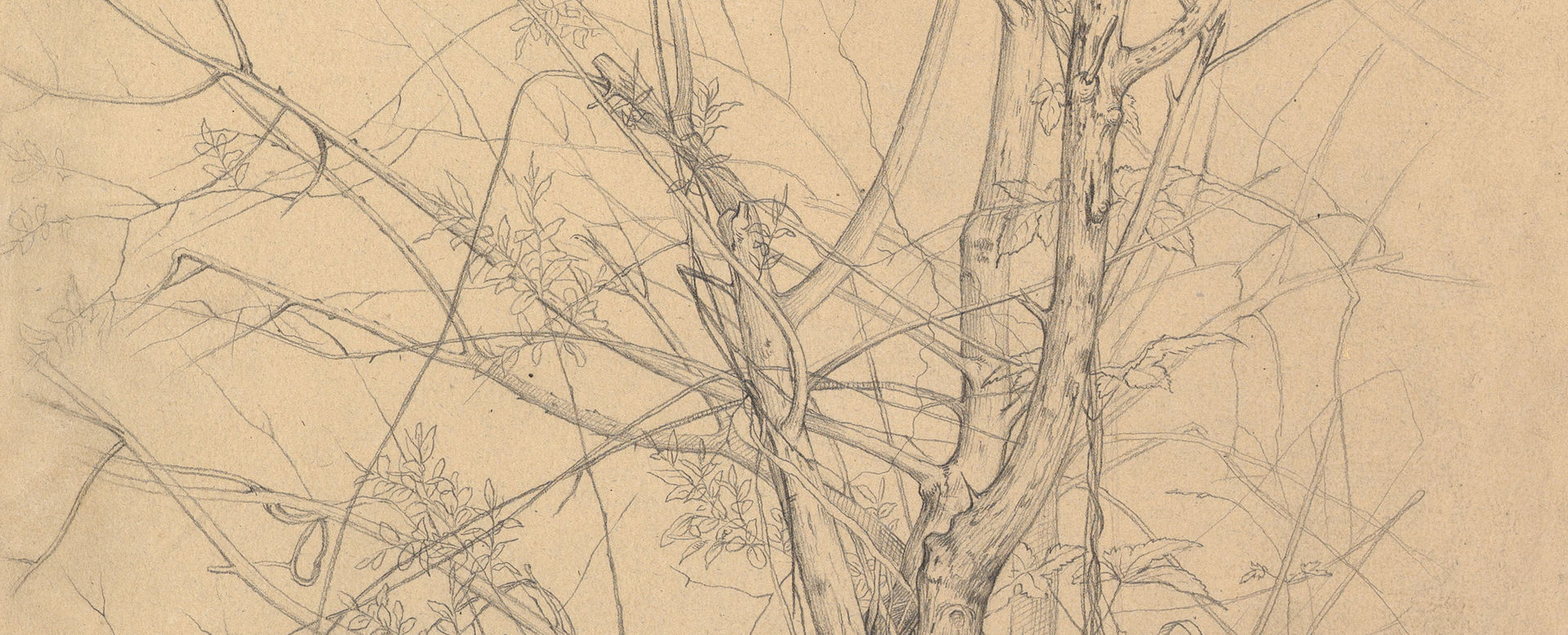L'Architecture a la Mode ou sont Les Nouveaux Dessins pour la Décoration des Bâtimens et Jardins
Not on view
The print miscellany "L'Architecture a la Mode" was compiled by the Parisian print publisher Nicolas I Langlois from a range of different print series published in the second half of the seventeenth century. It focuses on different elements of the exterior and interior of buildings, from entrance portals and wrought iron fence work to wall elevations, chimneypieces and smaller decorative elements such as overdoor paintings, vases and torchères. The book served as an important style guide for architects and other artists and mainly reflects the French late Baroque style as it developed under King Louis XIV.
According to an inscription in the book, this particular copy of the Langlois' publication was gifted by Baron von Loë to the sculptor Pieter Douwe (Peeter van Dauwe) as a sign of friendship and appreciation. The inscription is dated 1712, at which point the Baron in question had passed away. Little is known about Douwe, although he must be of Dutch descent. One of his sons - Franciscus Carolus Douwe (ca. 1704-1764) became a court painter in Mannheim in 1750. It is possible that yet another son became an architect. A drawing exists showing a design for the facade of a city gate for the town of Rattingen, near Dusseldorf, that is signed by a J. H. van Douwe and dated 1755. Notably, the present book was later owned by a family member identified as "H. van Douwe" who added an inscription of ownership in 1767, and could well be one and the same person. The design for the city gate closely adheres to the architecture promoted in Langlois' book, despite it being out of fashion by 1755.
One or several owners of the miscellany engaged actively with the subject matter of the print series, adding drawings in the margins and on the versos of the prints. Some relate closely to the subject matter of the prints, showing variations or designs inspired by the plates. In other cases, the paper was used to quickly draw designs in graphite, colored pencil or chalk, and even watercolor. Most are of architectural nature, and some might represent stage sets or festival decorations.





